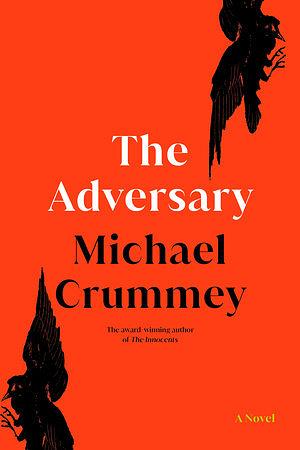The Adversary is a powerful book, about a 19th century Newfoundland community and the feud that affects everyone. It is a brutal story about brutal people.
The novel begins at a wedding. Abe Strapp, the son of the richest man in town, is due to marry Anna Morels, the daughter of a powerful man from further down the coast. This match was made by Abe’s father in the hopes it would steady Abe, who is a vicious coward and bully. But there is an objection. The Widow Caines brings forward her servant, Imogen Purchase, claiming she is pregnant after being raped by Abe. Mr. Morels removes his daughter, and the Widow suggests Abe marry Imogen instead. Strapp and the Widow clearly hate each other, and it is with surprise that we learn they are brother and sister.
The Widow’s hatred stems from watching her brother being spoiled and given anything he wanted. While she had a head for business and worked for years at her father’s side, the business went to Abe when he died. Before that, he arranged his daughter’s marriage with Caines, a wealthy old man. She married him but split with her father. Upon her husband’s death, she took to wearing men’s clothes and running his business.
Abe has an employee and godfather, Beadle Clinch, who tries to keep him from his worst excesses. He is revolted by the Widow’s daring to dress like a man and run a business. So, even though he is supposed to be a religious man, he connives with Abe to try to bring her down. Despite appearances, he is the adversary. One of the things he does is to get Abe made a magistrate, hoping that will bring him a sense of responsibility. Instead, with two henchmen the Beadle put with him to restrain him, he runs rampant. Almost immediately, he murders a man for having signed a statement against him. Nothing happens to him.
For a long time, I was sympathetic to the Widow, thinking she was being misrepresented because she was different. There are some innocent people in town, but they are pulled into the maelstrom of this feud. And the Widow turns out to be as bad as her brother.
The novel is written more like a chronicle of the town, so that many of the characters are one-sided. The most developed are the two siblings, whose feud affects everyone. But even without the hatred for his sister, Abe is a vile person indeed, and his antics affect a lot of people.







